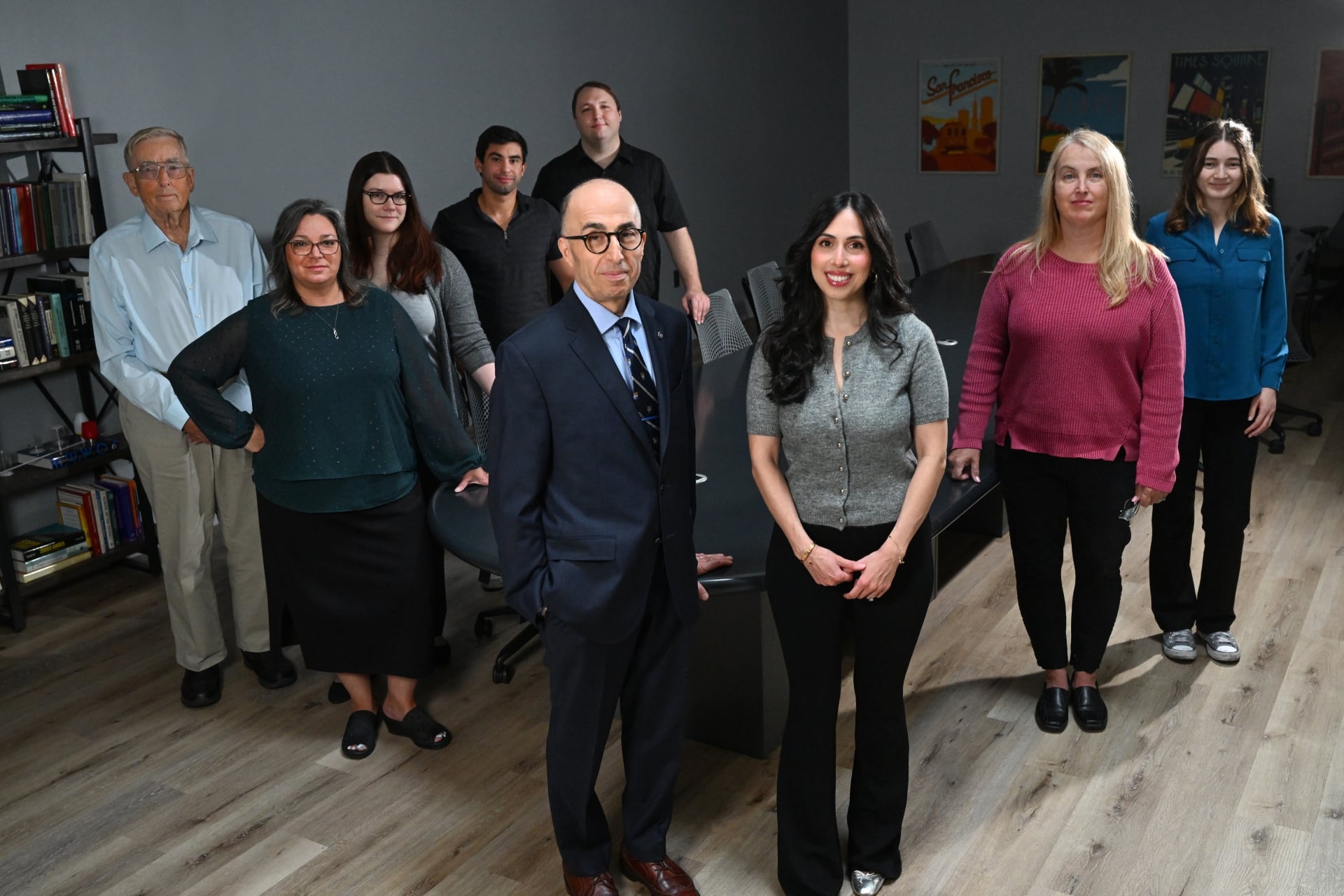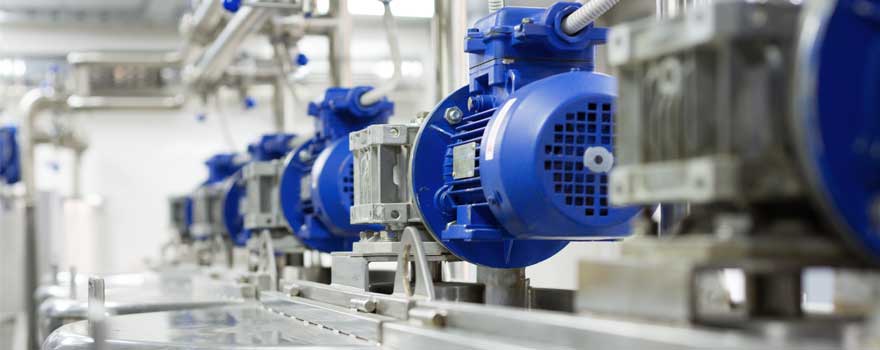NFPA 497: Recommended Practice for the Classification of Flammable Liquids, Gases, or Vapors and of Hazardous (Classified) Locations for Electrical Installations in Chemical Process Areas
What is NFPA 497?
NFPA 497 is a US standard published by the National Fire Protection Association (NFPA) that sets out to provide industry with a basic understanding of the parameters that determine the degree and the extent of hazardous (classified) locations at their facilities. It provides information on specific flammable gases and vapors, flammable liquids, and combustible liquids, whose relevant properties determine their classification into different groups. This is to assist in the selection of special electrical equipment for hazardous (classified) locations where such electrical equipment is required.
A “hazardous area” is defined as an area in which the atmosphere contains, or may contain in sufficient quantities, flammable or explosive gases, dusts, or vapors.
Classification of Combustible Materials
Articles 500 and 505 of the National Electrical Code (NEC / NFPA 70) classify a location in which a combustible material is or may be present in the atmosphere in sufficient concentrations to produce an ignitable mixture.
In a Class I Hazardous (Classified) Location, the combustible material present is a flammable gas, flammable liquid-produced vapor, or combustible liquid–produced vapor mixed with air that could burn or explode.
Note that combustible materials are classified into four Class I, Division Groups: A, B, C, and D; or three Class I, Zone Groups: IIA, IIB, and IIC, depending on their properties. Many materials have already been allocated group classification. More explanation of Class/ Division and Group/ Zone are available from our article here.
Classification of Class I Combustible Material Areas
The decision to classify an area as hazardous is based on the possibility that an ignitable mixture could occur. Chapter 5 of NFPA 497 sets out ways in which Classes, Divisions, and Zones are determined in practice. At Stonehouse, we have covered this topic in previous articles. See here, for example.

Get in touch
To learn more about our expertise and services in dust explosion prevention & mitigation, call us at +1 609 455 0001 or email us at [email protected] today.
We also offer tailored virtual and in-company process safety training programs on Dust Explosions, Static Electricity and HAC (Hazardous Area Classification) and more. Find further information here.








